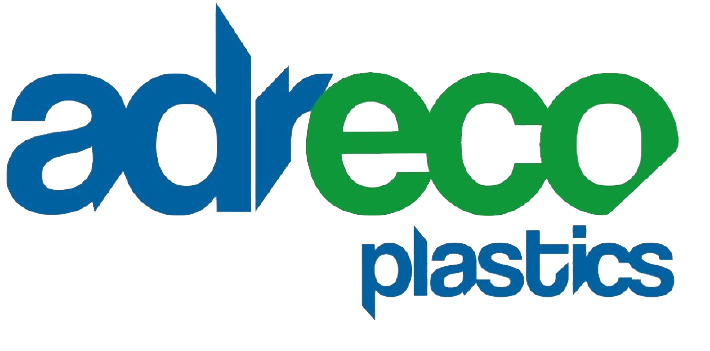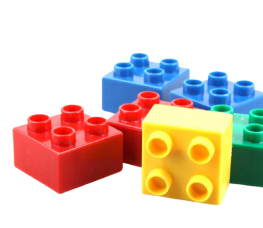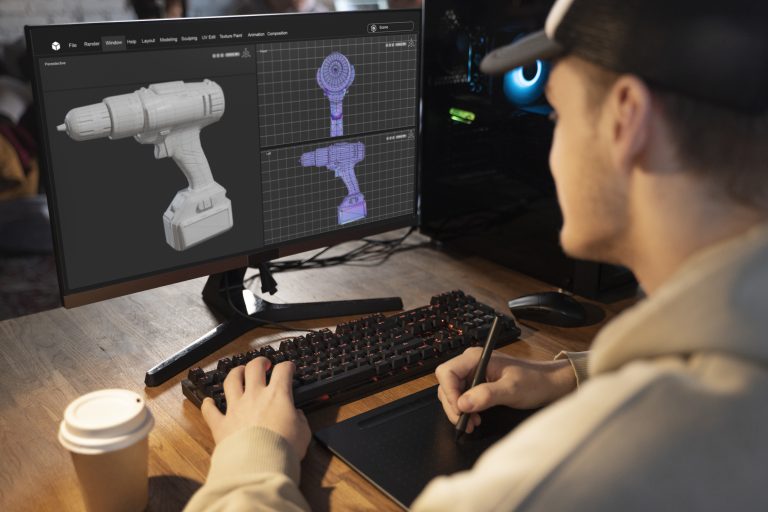Polypropylene is a highly versatile thermoplastic polymer commonly used in plastic injection moulding. It is a semi-crystalline polymer that is very popular across many industry sectors. It can be made into fibre for fabric, ropes etc. Or it can be produced in film or sheet form for packaging, medical devices and lots more. Different unique properties of polypropylene make it the second most widely produced plastic after polyethene.
5 Facts You Need to Know About Polypropylene
All the above is pretty common knowledge, but there are plenty more impressive pieces of information about the properties of polypropylene, where it is so widely used and why.
1. How Versatile Is Polypropylene?
Polypropylene comes in several different grades, allowing it to be produced differently. For example, it can be created to look transparent or opaque, woven into fibres or shaped by plastic injection moulding. It can form solid shapes, rigid tubes and flexible sheeting and films. It is easily recyclable too. This is because the polymer chains that it contains do not degrade when they are melted down for plastic injection moulding. Instead, they retain their integrity so that polypropylene can be melted back down, reshaped and cooled for re-use. This makes polypropylene extremely versatile and more environmentally friendly than other types of plastic polymers too.
2. Properties of Polypropylene
Polypropylene is often chosen for plastic injection moulded manufacturing projects due to its many useful properties. For example, it is resistant to fatigue, which is essential for applications reliant on a hinge mechanism, such as bottle caps or lids attached to plastic boxes. It is also resistant to chemical leaching and corrosion. This makes the material ideal for medical and construction applications. More essential properties of polypropylene include resilience against most forms of physical damage, including impact and freezing.
This enables the material to be used in more demanding applications like pipes, construction tools and plastic components for industrial machines. It is perfect for manufacturing plastic tubing for plumbing, heating and cooling systems. Not to mention for food and beverage containers that are designed to be heated up in the microwave or kept in the fridge or freezer.
3. Medical Miracle Material
Polypropylene offers extremely high hygiene protection and heat resistance, enabling it for various medical and scientific applications. Common examples include synthetic sutures and medical meshes. Polypropylene is also a vital component of the raw materials used to make medical-grade face masks. Polypropylene can also be used to make medical diagnostic equipment, science equipment and even the chairs that patients sit on while waiting for medical appointments. The COVID-19 pandemic saw a massive increase in demand for the material worldwide.
4. Clothes, Fashion, Textiles and More
Polypropylene may not immediately spring to mind when thinking about which textiles are the most fashionable, but it is, nonetheless, a common component of clothing and accessories. It can be formed into fibres that are then woven together to create shopping bags and clothing straps. It is sometimes used in base layer clothing for its insulating properties and wick sweat away from the skin.
However, polyester is also a common choice for this type of clothing. Polypropylene is highly colourfast, which means that it can absorb dyes very well without causing them to reach out again in the wash. Other textile uses for polypropylene include carpets and mats, which benefit from their durable strength and resistance to chemical damage, heat and general wear and tear.
5. Unusual Applications
As well as all of the above examples of how polypropylene is used, it can be found in rather more niche areas. For example, it is used as a foam in radio-controlled model aircraft, where its lighter weight and higher density make it an essential ingredient. Polypropylene ropes are also used in the fishing industry, as they are often longer-lasting than other natural materials and can better withstand a repeated wetting and drying out cycle.
Polypropylene is great for kids’ toys and things you touch a lot because it doesn’t get dirty easily. For example, the colorful stickers on a Rubik’s cube are made from polypropylene so they stay clean and can be moved easily. Also, polypropylene is used for making banknotes because it can have clear areas in the ink to help with security checks.





